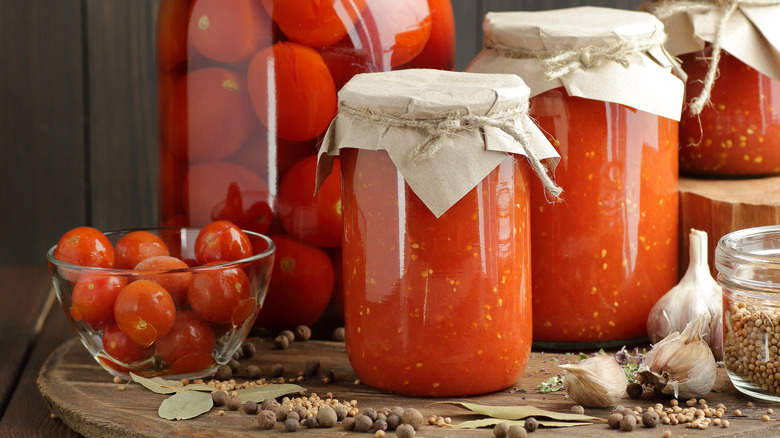The role of canned tomatoes in modern cooking goes far beyond convenience. These pantry staples are a culinary powerhouse that can transform everyday meals into flavorful and quick dishes. Whether you’re a busy student, a working professional, or simply someone who values speed without compromising taste, canned tomatoes deserve a permanent spot in your kitchen.
Packed at peak ripeness, they preserve the vibrant essence of fresh tomatoes and provide a versatile, time-saving solution for countless recipes. This article will explore how canned tomatoes contribute to flavorful and quick meals, highlighting their ability to enhance flavors and speed up cooking while delivering delicious results.
1. Why Canned Tomatoes Are a Pantry Essential
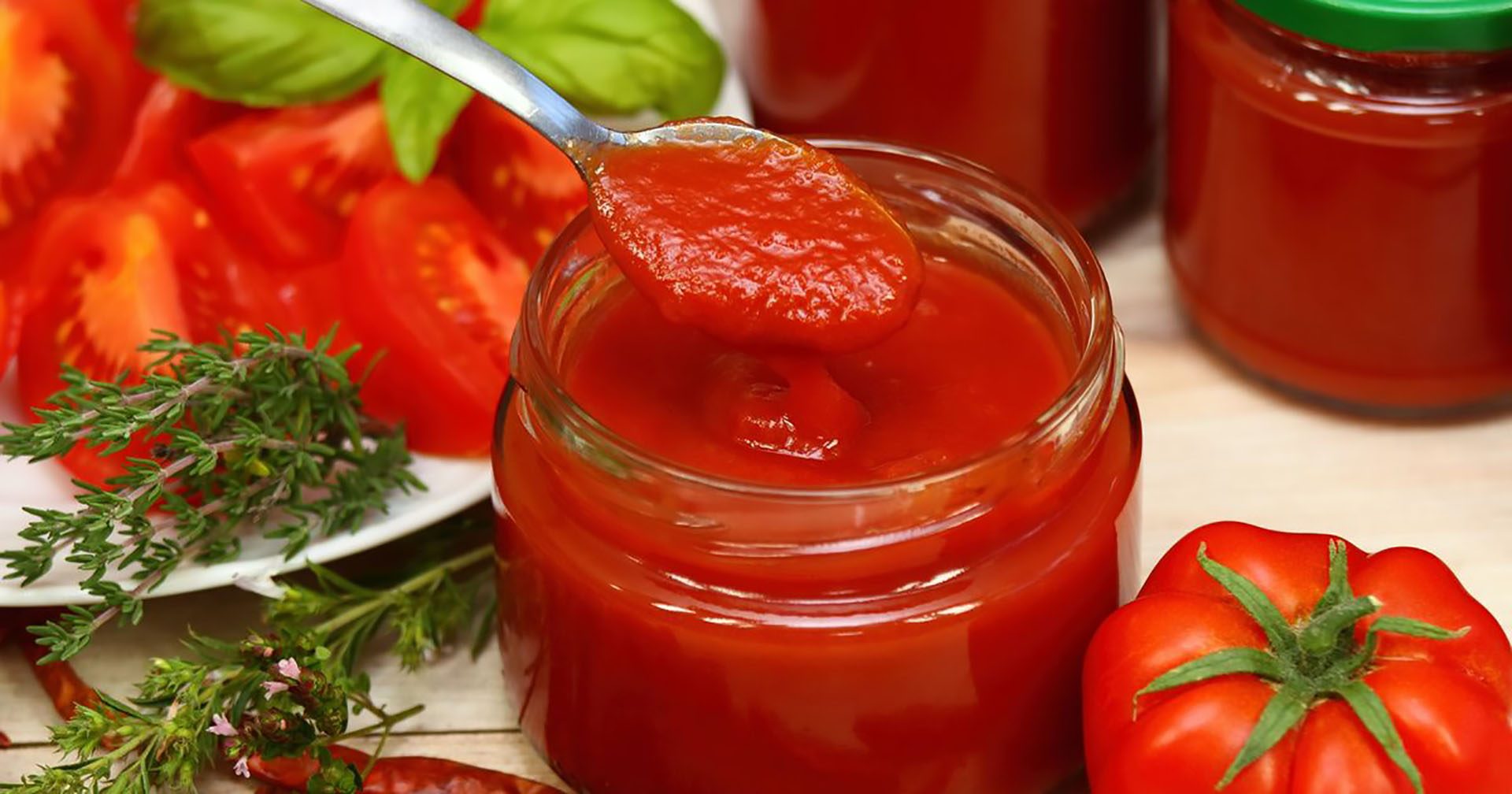
Understanding the role of canned tomatoes starts with appreciating their value as pantry essentials. They are reliable, affordable, and shelf-stable, making them perfect for both everyday cooking and emergency meal prep. Unlike fresh tomatoes, which can spoil quickly, canned varieties can last for months or even years without losing quality. They’re available year-round, offering consistency in flavor and texture that fresh tomatoes, especially out of season, often lack.
They also come in several convenient forms—whole, diced, crushed, stewed, and pureed—so you can choose exactly what your recipe calls for. Plus, the minimal prep time compared to peeling and chopping fresh tomatoes makes them an attractive option for anyone short on time. This convenience plays a crucial part in the role of canned tomatoes when creating flavorful and quick meals.
2. How Canned Tomatoes Boost Flavor Instantly
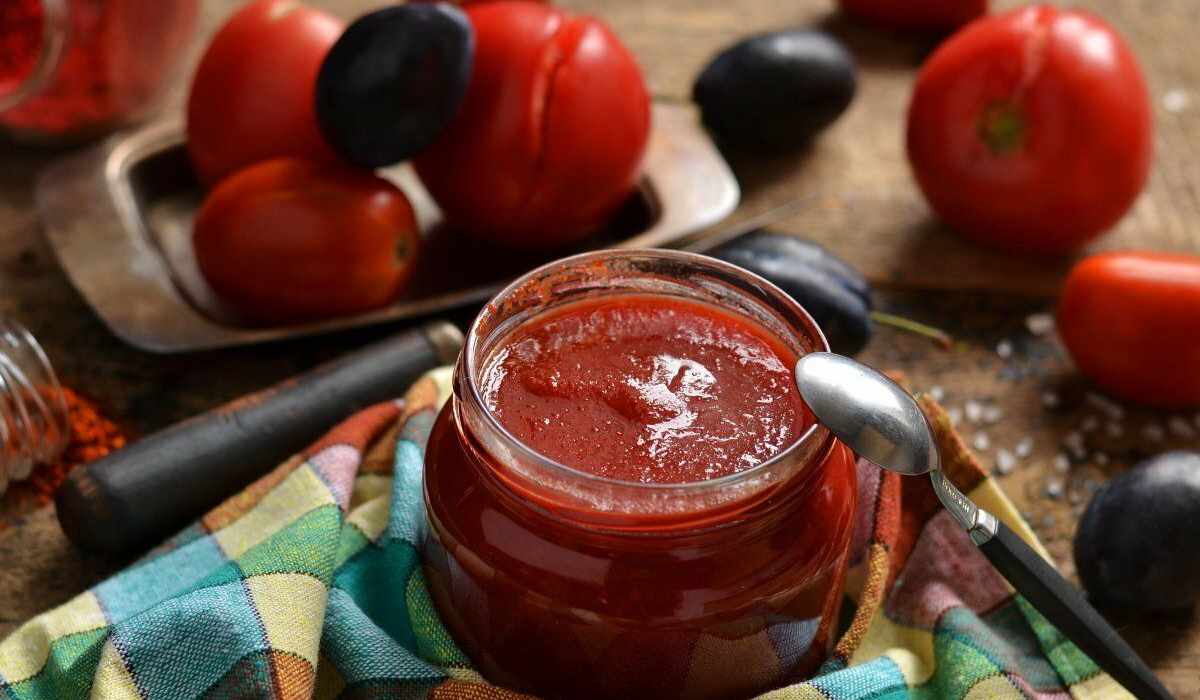
3. Time-Saving Benefits of Cooking with Canned Tomatoes
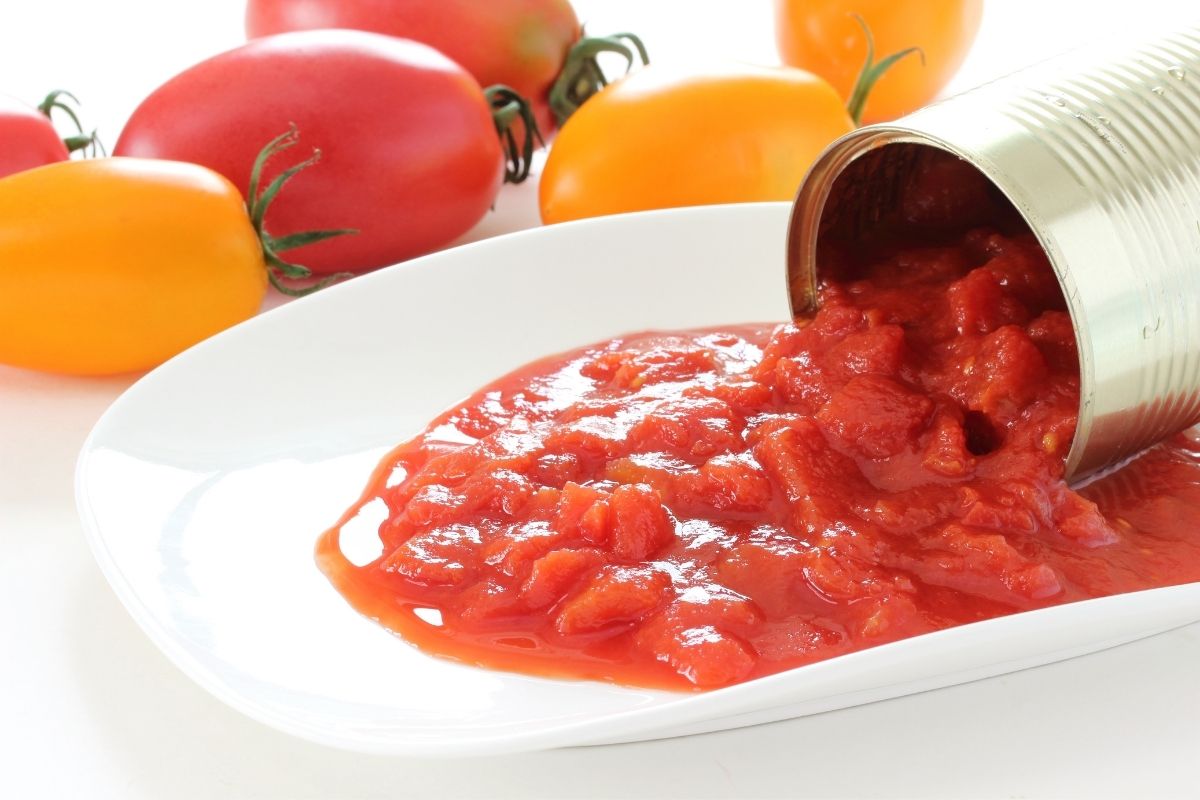
In today’s fast-paced world, time is often the most precious resource in the kitchen. Canned tomatoes offer a brilliant solution to this challenge by significantly cutting down on preparation and cooking time. Unlike fresh tomatoes, which often require peeling, seeding, and chopping, canned tomatoes come ready to use right out of the can. This means you can go from pantry to plate in less time, without sacrificing flavor or quality.
Because they’re already cooked during the canning process, canned tomatoes soften quickly when heated and blend seamlessly into sauces and stews. You don’t need to spend 30–60 minutes simmering a sauce to bring out a deep flavor—it’s already there, preserved and intensified through the canning process.
This makes canned tomatoes ideal for busy weeknights when you want a homemade meal but don’t have the time for slow cooking. In under 30 minutes, you can prepare a satisfying tomato-based dish such as marinara pasta, creamy tomato soup, or a quick Indian curry. Even better, canned tomatoes reduce the need for additional flavor enhancers like sugar or heavy seasoning, since their natural balance of sweetness and acidity brings complexity to the dish with minimal effort. The time-saving nature is a major component in the overall role of canned tomatoes.
4. Best Quick Dishes You Can Make with Canned Tomatoes
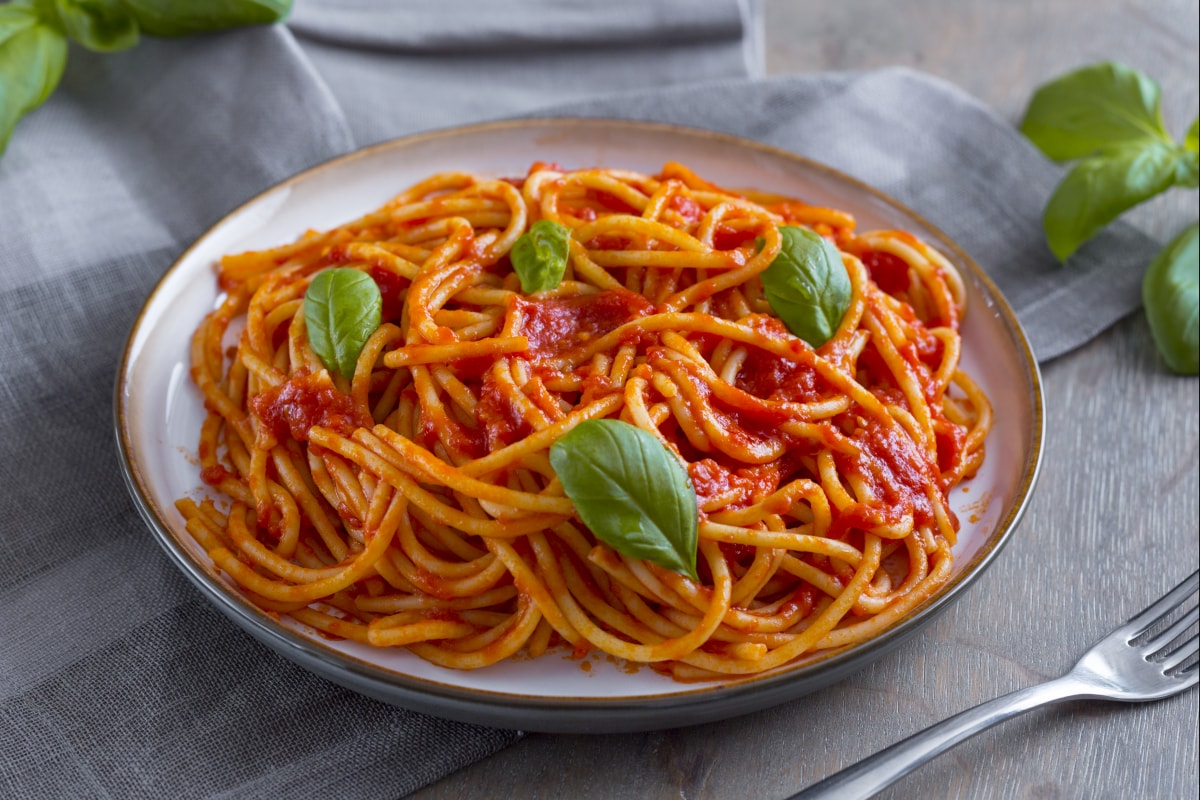
There are countless delicious and speedy meals that begin with canned tomatoes. Here are a few favorites:
- Spaghetti with Tomato Garlic Sauce: Just sauté garlic in olive oil, add canned crushed tomatoes, season with salt, pepper, and basil—dinner’s ready in 20 minutes.
- Tomato and White Bean Soup: Combine canned diced tomatoes, canned beans, garlic, and broth for a warming, protein-rich soup in under 30 minutes.
- Shakshuka: A North African dish where eggs are poached in a spicy tomato sauce. Canned tomatoes are perfect for building the rich, tangy base.
- Quick Chicken Tikka Masala: Use canned tomatoes to build the creamy, spiced sauce in half the usual time.
- Pizza Sauce: Blend canned tomatoes with garlic, olive oil, and oregano for an instant, no-cook pizza sauce.
These dishes show how canned tomatoes can be the star ingredient in meals that are both quick and bursting with flavor.
5. Tips for Choosing the Right Type of Canned Tomatoes
/__opt__aboutcom__coeus__resources__content_migration__simply_recipes__uploads__2020__04__Canned-Tomato-Types-LEAD-03-98e93b7267b64b6da8e04feb3e199980.jpg)
Not all canned tomatoes are created equal, and choosing the right kind can enhance your cooking results. Here’s a quick guide:
- Whole Peeled Tomatoes: Great for long simmers or when you want control over texture. Crush by hand or in a blender.
- Diced Tomatoes: Best for chunkier sauces, soups, and chili.
- Crushed Tomatoes: A happy medium—good for smoother sauces that still have some texture.
- Tomato Puree: Ideal for rich, thick sauces and curries.
- Stewed Tomatoes: Often come seasoned with herbs and spices—great for quick meals but check labels to avoid unwanted flavors.
Also, opt for cans with BPA-free lining and minimal added ingredients (like sugar or salt) for a healthier, cleaner taste.
6. Canned Tomatoes vs. Fresh: When to Use Each
While fresh tomatoes shine in salads and raw dishes, canned tomatoes excel in cooked recipes. Here’s when to choose each:
- Use fresh tomatoes when you want a bright, raw tomato flavor and texture, such as in caprese salad or bruschetta.
- Use canned tomatoes for sauces, stews, soups, and any recipe that requires simmering. They provide more consistent results, especially outside of tomato season.
Canned tomatoes also have a more concentrated flavor due to their cooking process, which is ideal for dishes where tomatoes are a primary component. Plus, using canned options reduces food waste and speeds up preparation time.
Conclusion
Canned tomatoes are an unsung hero in modern cooking. They provide bold, consistent flavor while saving you time and effort in the kitchen. With their versatility, long shelf life, and nutritional value, they deserve a spot in every home cook’s pantry. Whether you’re preparing a quick weeknight meal or experimenting with international flavors, canned tomatoes are your shortcut to success.
Want more ideas for delicious pantry-friendly ingredients? Check out our guide on Creative Ways with Canned Pineapple in Your Recipes—you’ll be surprised how versatile canned goods can be!

